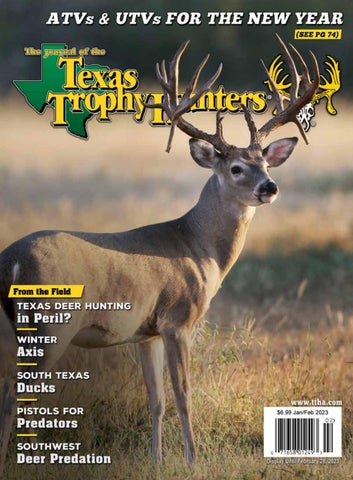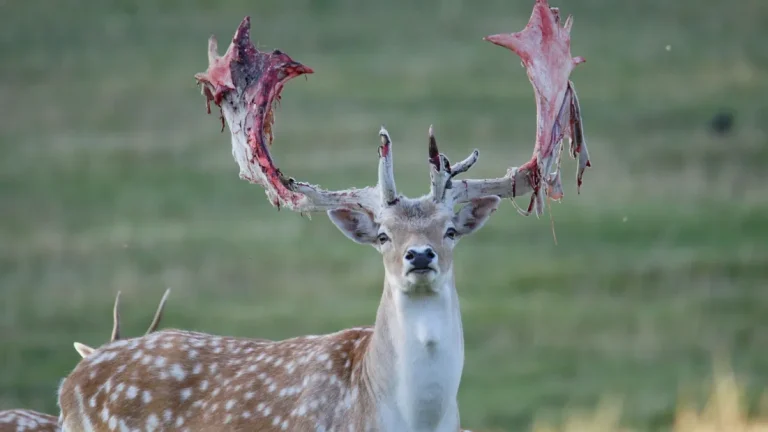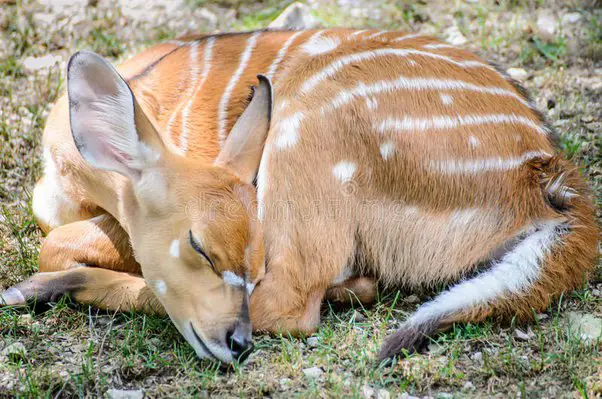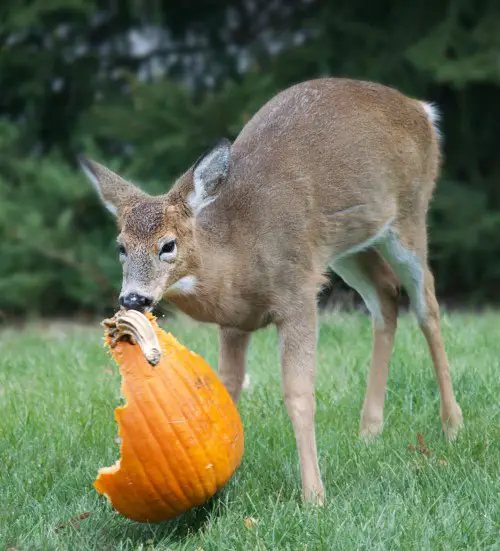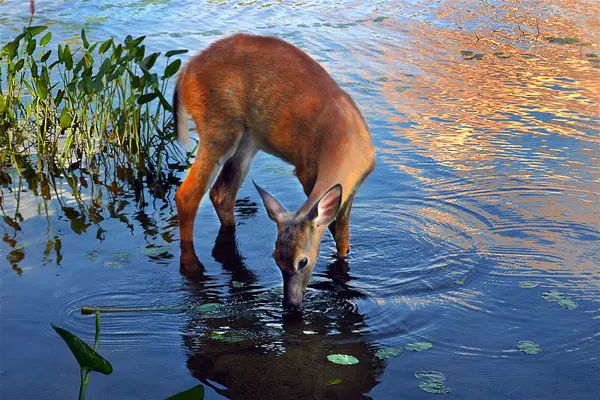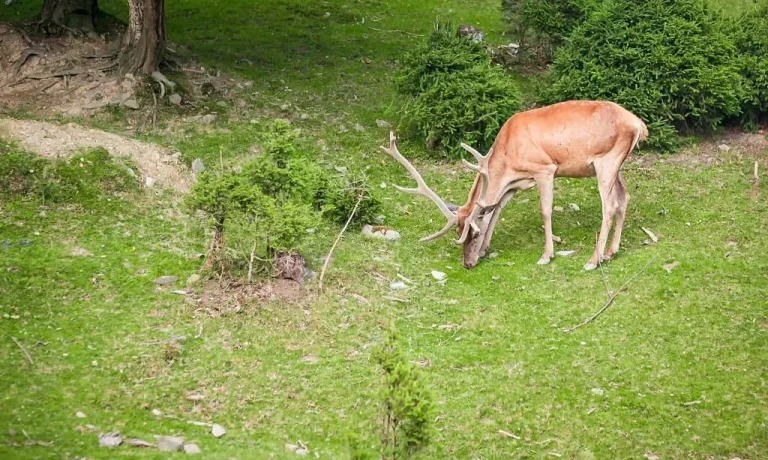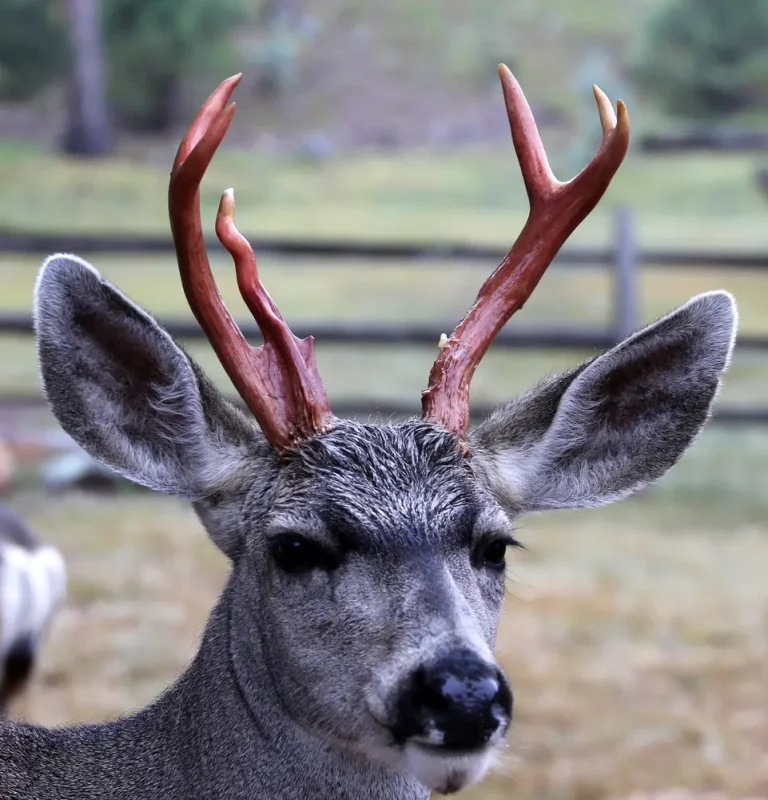What Does a 140 Deer Look Like?
A 140 deer typically features a large body and a well-spanned antler rack. These mature bucks display impressive symmetry and tine length, scoring around 140 inches.
In the world of white-tailed deer hunting, antler size is a badge of prestige and a key component of deer management success. The term “140 deer” refers to the Boone and Crockett scoring system where the sum of antler measurements, including tine length, beam length, and spread, adds up to an impressive 140 inches.
Spotting such a buck in the wild indicates a healthy and mature male boasting robust genetics and nutrition. Trophy hunters often seek out these particular specimens due to their rare combination of size and beauty, which also reflects a well-balanced ecosystem. Understanding the characteristics of a 140-class deer not only aids in wildlife management but also enriches the hunting experience.
Understanding Trophy Deer Scoring
Understanding trophy deer scoring encompasses recognizing how a 140 deer score is deemed significant by hunters and wildlife enthusiasts alike. Navigating through the basic principles of deer scoring involves an assessment of various attributes that include antler measurements: length, spread, and number of points, in addition to mass and symmetry. These criteria combine to form a comprehensive system, allowing accurate comparisons and evaluations of deer sizes and qualities.
The significance of a 140 score lies in its status as a benchmark for a respectable trophy whitetail. A score of 140 or above typically suggests a mature buck with impressive antlers. For many hunting circles, achieving this mark is a consideration of success and a testament to the deer’s genetic quality, habitat conditions, and overall health.
| Component | Description |
|---|---|
| Antler Length | Main beams and tines’ length evaluations |
| Spread | Distance between the widest points of antlers |
| Number of Points | Count of protrusions on the antler including typical and non-typical tines |
| Mass | Circumference measurements at specified locations on the antler |
| Symmetry | Comparative evenness of antler dimensions between sides |
Identifying A 140-class Buck
Identifying a 140-Class Buck often involves assessing key characteristics indicative of their size and stature. A 140-class buck typically showcases an impressive rack, with antlers exhibiting a gross Boone and Crockett score of around 140 inches. The hallmarks of antler size include both length and mass, with mature bucks brandishing significant beam length, tine length, and circumference measurements.
With regard to the spread of antlers, a 140-class buck often possesses a noticeable inside spread that can rival or exceed the width of its ears when in an alert position. It is common for these antlers to display symmetry and uniform tine placement, characteristic of typical racks. Conversely, non-typical racks may have additional points or abnormal growth patterns, which can contribute to a higher score due to the unique traits.
Antler growth generally correlates with the age of the deer, with older bucks having the potential to develop more substantial headgear. Despite this correlation, several factors such as genetics, nutrition, and habitat also play crucial roles in the development of a buck’s antlers. It’s noteworthy that a deer’s peak antler growth usually occurs between 4.5 to 5.5 years of age.
Keys To Spotting A 140 Deer
Identifying a 140-class deer can be challenging, but recognizing certain visual cues can assist in field judging. A trophy buck of this caliber typically showcases antlers with impressive mass, likely sporting longer tines and a greater spread. Look for a rack that extends past the deer’s ears on a typical alert pose, which often indicates a mature buck with a score close to 140.
Experienced hunters suggest observing the body size and behavior for age estimation, as older deer will have a larger body that appears well-proportioned to the antlers. Furthermore, older bucks often display a more calm and solitary demeanor, particularly during the rut.
To more accurately estimate a deer’s score, many hunters now rely on trail cameras. Such devices provide the opportunity to analyze photos and videos to make more informed judgments about a buck’s size and to monitor its development over time.
Hunting Challenges For The 140 Deer
Hunting for a 140-class deer presents an array of challenges due to the remarkable adaptation and survival tactics exhibited by these trophy animals. These deer have perfected the art of evading predators, which includes hunters, by mastering their habitat. They utilize dense cover for concealment and are incredibly attentive to their surroundings, making them less accessible than smaller, less experienced deer.
Seasoned hunters often refine their strategies, such as masters of stealth and patience. They may employ time-tested techniques such as still-hunting, where movement is slow and deliberate, or spot-and-stalk hunting, which requires meticulous observation and silent advancement towards the deer. A critical aspect of any hunt is adhering to ethical hunting practices, ensuring that the pursuit of such trophy game remains respectful to the animal and sustainable for future generations.
Behind The Scenes: Scoring A 140 Deer
Scoring a 140 deer is a meticulous process that involves measuring various antler points and assessing the symmetry between the left and right sides. The first step in this scoring process is to measure the inside spread of the antlers at their widest point.
Next, the length of the main beam from the base to the tip is recorded, followed by the length of each tine. All these measurements are then added to calculate the gross score.
The Boone and Crockett Club, an authority in big-game trophies, stipulates that for official scoring, a drying period must elapse. Their guidelines help maintain consistency in scoring across North America. During this waiting period, any potential shrinkage of the antlers occurs, ensuring a fair score.
Understanding deductions is critical as they represent differences in symmetry. After tallying the respective measurements of both antlers, subtractions are made for discrepancies in the length of matched tines, the circumferences, and differences in main beam lengths. The result is the net score, which provides a more accurate representation of the deer’s natural symmetry.
Case Studies: Memorable 140 Deer Hunts
Tracking down a 140-inch whitetail is a commendable achievement for any hunter. The tales often begin with a meticulous study of the hunting terrain, followed by countless hours of patient observation and anticipation. In memorable hunts, the common thread is the blend of skill, patience, and sometimes a touch of fortune.
- Hunter testimonials highlight the importance of persistence; one might spend several seasons pursuing a single elusive buck.
- Strategy analyses emphasize the critical role of understanding deer behavior and movement patterns for success.
- Insights shared by seasoned hunters often point to the significance of local environment familiarity, choosing the right gear, and the fine-tuning of techniques to adapt to the deer’s activities.
Preserving The 140 Trophy Deer
Mounting and preservation techniques require meticulous attention to detail to ensure the 140 trophy deer is showcased in its true grandeur. Professionals often use taxidermy for a lifelike representation, preserving the animal’s skin, form, and features. Preventive measures against deterioration such as humidity control and regular cleaning are important for long-term maintenance of the trophy.
Display tips emphasize the importance of placement and lighting to enhance the visual impact of your 140 trophy deer. An ideal spot might be a focal point in a room where it garners appreciation. Strategic lighting can accentuate the mount, highlighting the intricate details and the majestic stature of the deer.
Conservation and sustaining trophy genetics involve adopting ethical hunting practices and supporting wildlife conservation programs. Quality habitat management and adherence to hunting regulations contribute to a healthy gene pool, ensuring future generations can witness and potentially harvest similar trophy deer.
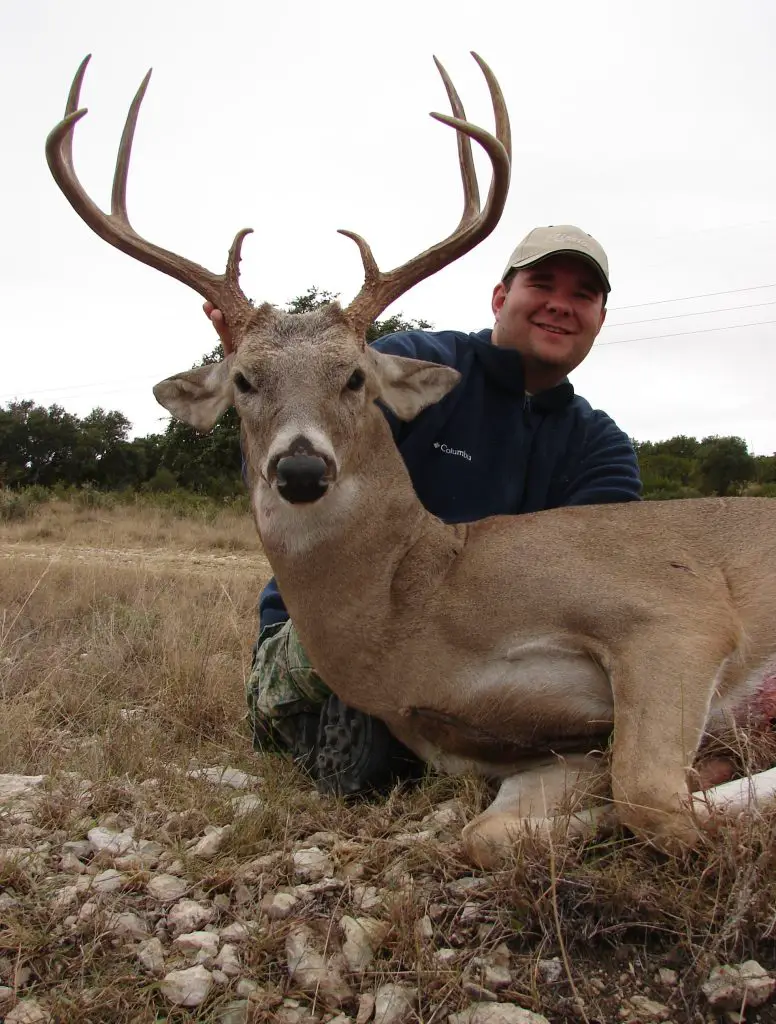
Frequently Asked Questions For What Does A 140 Deer Look Like?
What Defines A 140-class Deer?
A 140-class deer is characterized by its antler score, following the Boone and Crockett scoring system. This score combines the antlers’ measurements, including main beam length, tine length, antler spread, and circumference, to reach a total score close to or above 140 inches.
These deer typically display impressive antler size and symmetry.
How To Identify A 140 Score Buck?
Identifying a 140 score buck involves examining its antlers for size and symmetry. Look for long main beams, multiple tines, wide antler spread, and thick circumference. Experienced hunters often gauge a deer’s score by visually assessing these characteristics. A 140 score buck’s antlers are distinctive and well-developed.
Are 140-class Deer Common?
No, 140-class deer are not common. They are considered trophies, representing mature deer with superior genetics and typically ample nutrition. Encountering such a deer is rare, and harvesting one is a significant achievement for hunters, often requiring dedicated management and hunting in regions with good deer populations.
What Habitats Support 140-class Deer Growth?
Habitats supporting 140-class deer growth include those with abundant food sources, like agricultural fields and managed food plots, alongside quality cover and water sources. Such environments offer the nutrition and conditions necessary for deer to reach their full antler potential.
Proper land management also contributes to the development of these trophy deer.
Conclusion
Understanding the characteristics of a 140-class deer offers insight into impressive whitetail trophies. With careful attention to antler structure, body size, and habitat, hunters can better target these majestic animals. May your next hunting adventure bring you closer to the splendid sight of a 140 deer in its natural glory.
Happy hunting and good luck in your quest for the elusive 140!

